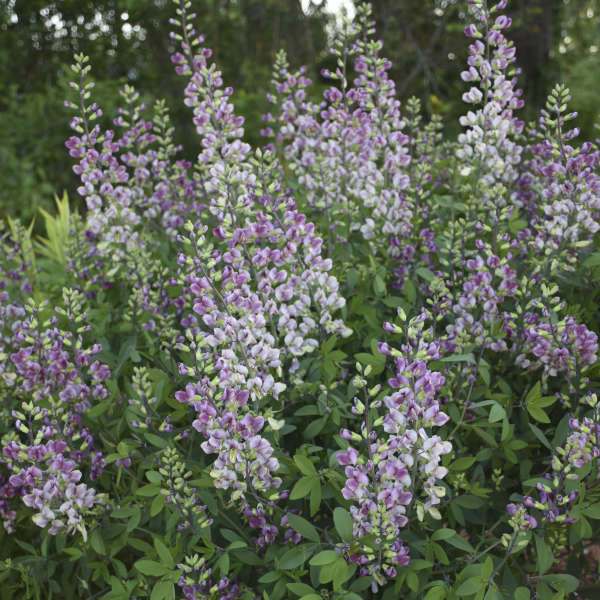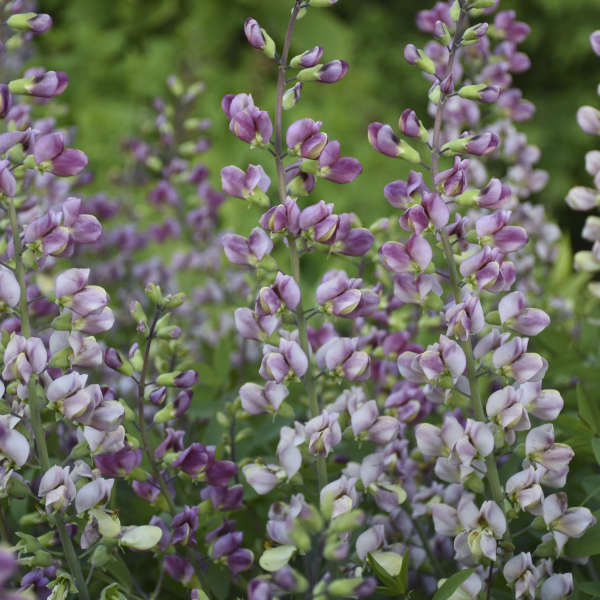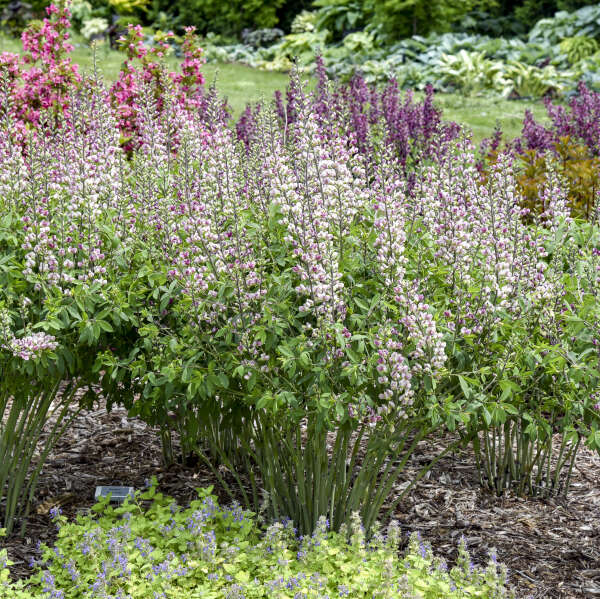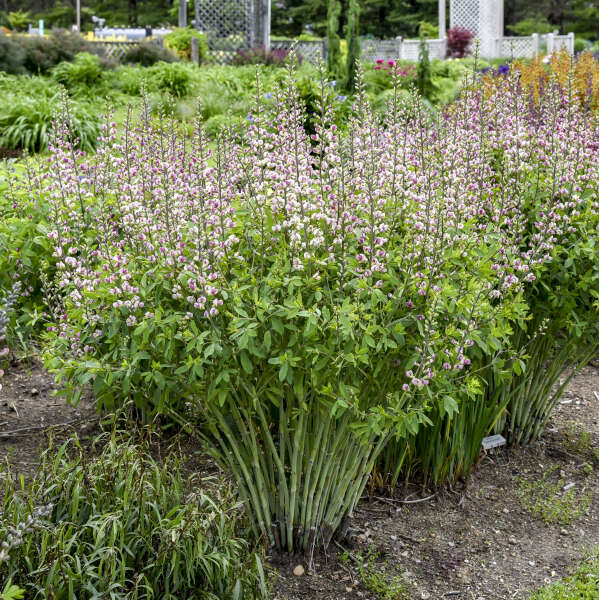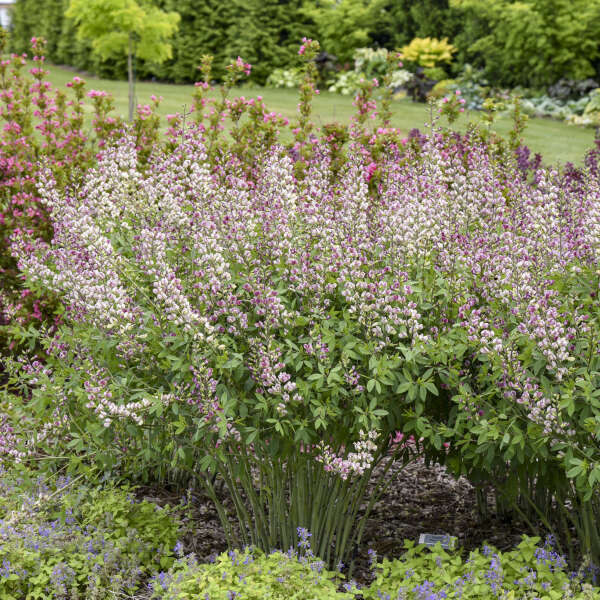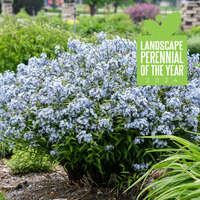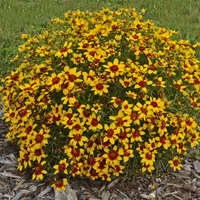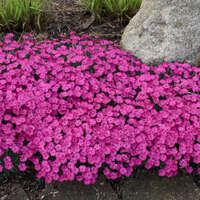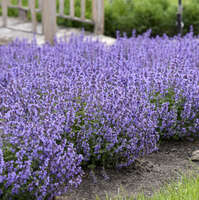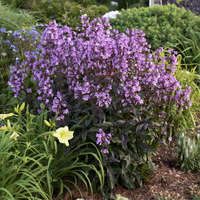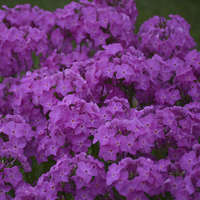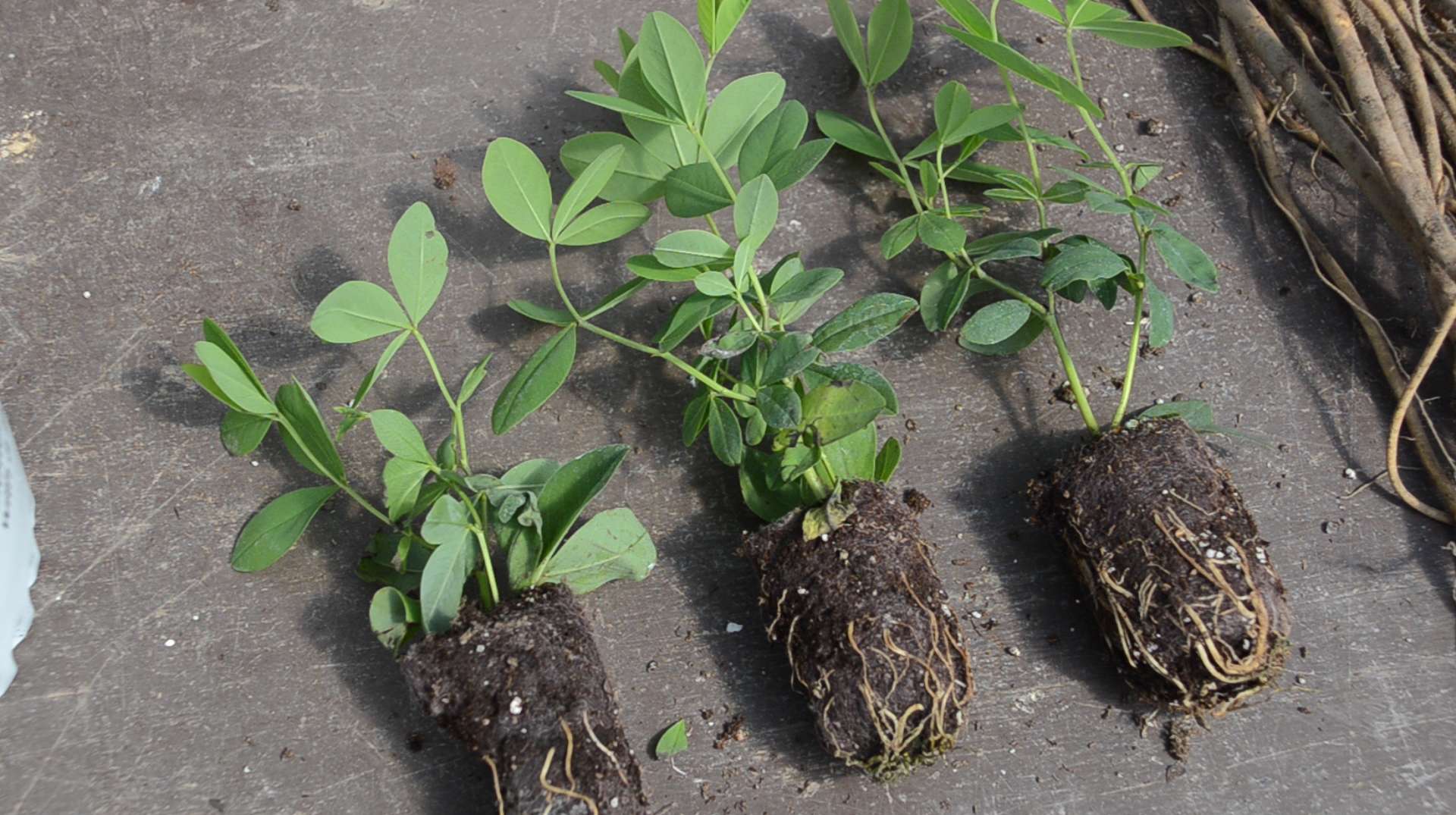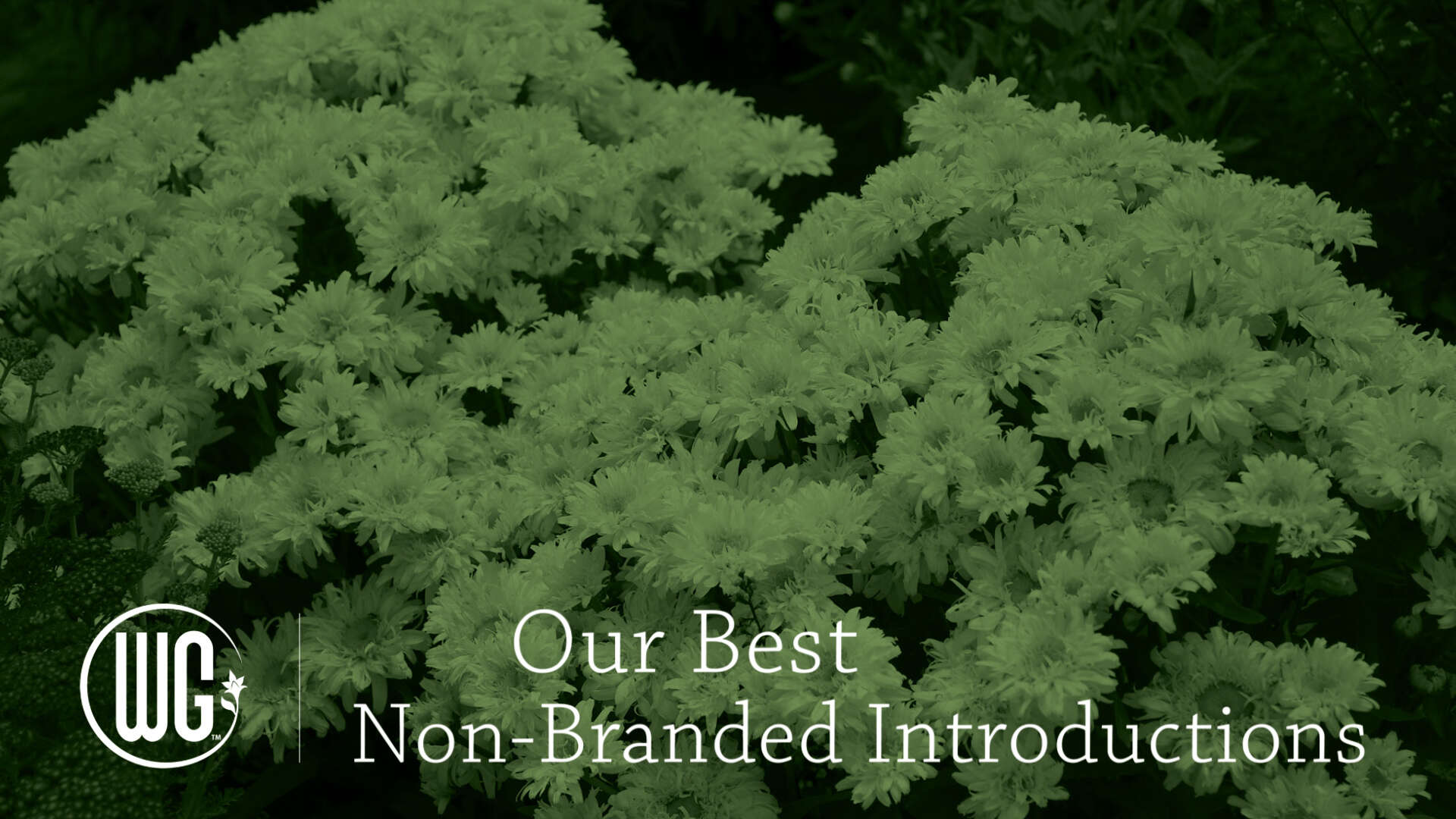Baptisia 'Plum Rosy'

Common Name: False Indigo
A beautifully elegant bicolor Baptisia that bursts onto the scene in late spring to early summer. Newest flowers open mauve pink and lighten to near white with age. Both flower colors are present on the stem for a beautiful bicolor effect. Use in place of a shrub for a statement piece in the garden. A long lived and drought tolerant perennial.
Baptisia is easy to grow and will thrive with little maintenance. There are many potential applications in the landscape including meadow plantings, as a backdrop in borders, or as a specimen. Plants are very long-lived once established.
